Author: Nathan Chadwick
Images: Jaguar
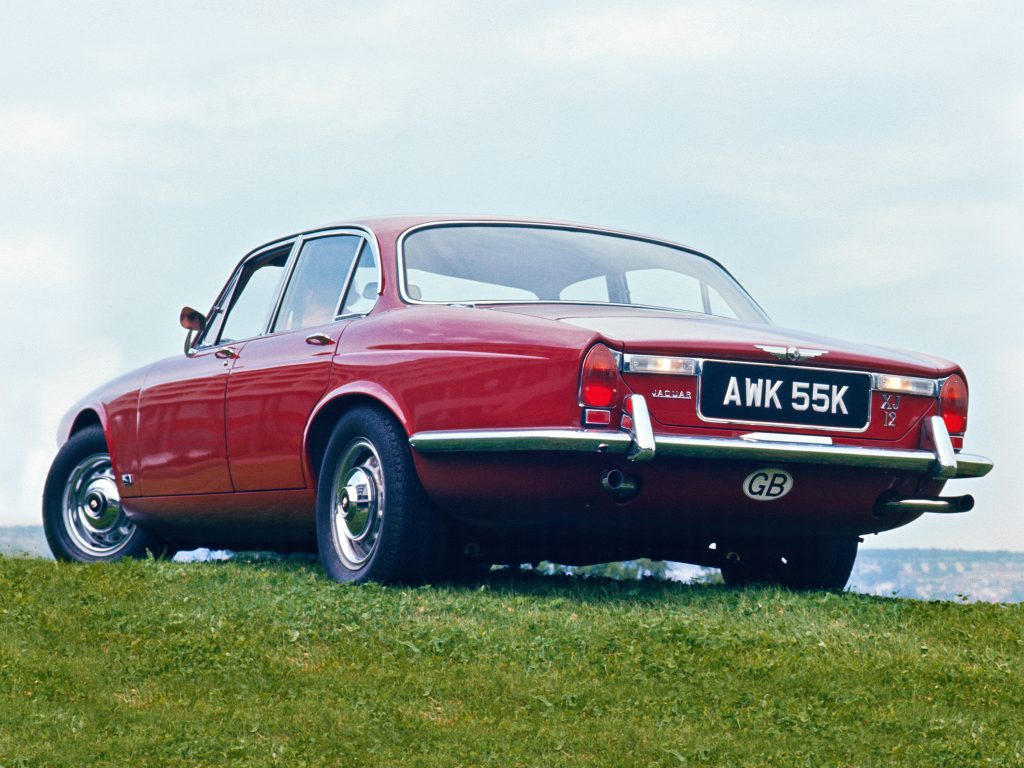
Looking at the state of Jaguar today, it’s hard not to feel sadness. After kissing goodbye to the XE, XF and F-Type over the past year, it culled the E-Pace SUV and I-Pace EV in July, leaving only the F-Pace to hold the fort until a new wave of EV models appear in 2025.
This means that there is no traditional Jaguar saloon left – the replacement XJ was ditched a matter of months prior to launch several years ago. A huge shame; after all, while the E-Type and other sports cars might hog the headlines, it was the XJ line that exemplified the true essence of Jaguar for most people.
Refined, elegant, comfortable and yet blessed with good handling – not just for an executive car, good handling, full stop. However, though the straight-sixes and, later, the V8s did much of the heavy lifting in the sales department, the absolute pick of the range had to be the XJ12, or if you’d had a good year in the eyes of the shareholders, a Daimler Double Six.
At the heart of it all, of course, was the Jaguar V12 engine. First developed as a possible Le Mans car powerplant in the early 1950s by Claude Bailey, its development would continue far beyond Jaguar’s 1957 withdrawal from racing. In 1962, Bailey was given the go ahead to start honing the V12 still further with an eye on production and racing.
The racing car that would have taken the V12, the XJ13, would be cancelled, but by 1964 prototype engines were being tested in Mark X saloons. Though the sight and sound of a screaming V12-powered XJ13 taking the fight to Ford and Ferrari at Le Mans was denied to us, it did add extra emphasis to the road car development programme.
Under the supervision of Walter Hassan and Harry Mundy, a new single overhead camshaft cylinder head was developed. In a similar fashion to the Rover 2000 at the time, the camshaft lobes acted directly on vertically inclined valves via bucket tappets. Like the Rover, the V12 used dished Heron-style pistons that helped to simplify construction yet also reduce weight, size and noise.
The new cylinder head did rob the engine of power at the top end but the engineers fought back by increasing displacement to 5.3-litres, boosting low-to-mid range torque. Indeed, take a look at a contemporary Mercedes-Benz W116 S-Class, launched the same year as the 250bhp V12 Jaguar XJ – in peak 450SE/L form, its 4.5-litre V8 could only muster 278lb ft. The Series 1 XJ12 doled out a chunky 301lb ft. Indeed, Mercedes-Benz would have to develop the mighty 450 SEL 6.9 to best the Jaguar V12, launched in 1975.
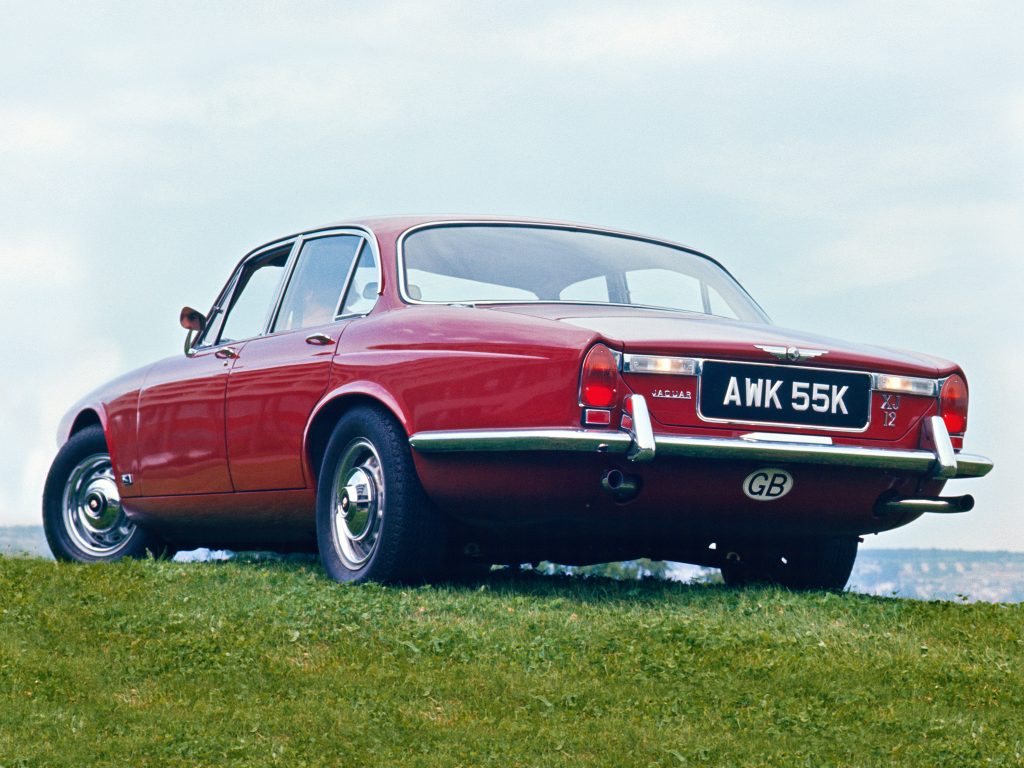
Series I (1971-1973)
The Series I XJ12 debuted three years after the launch of the first XJ; at the time, it used four sidedraught Zenith-Stromberg carburettors though it could have been very different. The original plan was to use an AE Brico-developed fuel injection system but it was cancelled at the last moment. Nevertheless, the car had two bragging rights: not only was it the only mass-produced 12-cylinder road car in the world, its 140mph top speed made it the fastest four-seater in the world.
In 1973, Jaguar revived the Daimler name to represent the very highest level of luxury; by the time the Series 2 XJ appeared that year, 4113 V12 XJs and Double Sixes had found homes.
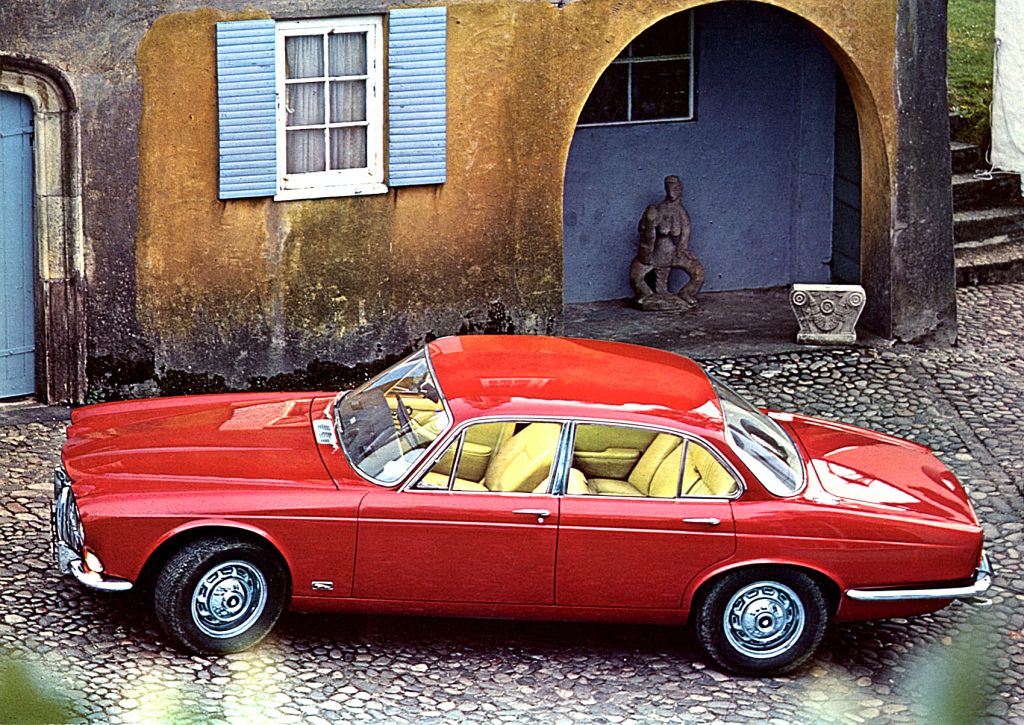
Series II (1973-1979)
The Series II model broke cover in Autumn of that year, with a more rounded shape and raised front bumpers and a smaller front grille to satiate the needs of US crash safety regulations. Inside, the interior was revamped with simpler and more efficient heating and air conditioning systems.
In 1977 the Borg-Warner automatic gearbox was replaced by a General Motors Turbo-Hydramatic 400, and a year later the carb set-up was replaced with Bosch-Lucas D-Jetronic fuel injection. This took horsepower up to 285bhp from 258bhp, though torque fell to 294lb ft. By the time Series II production came to an end, 14,226 V12 models had found homes.
During this time, Jaguar also produced 2262 two-door XJ and Daimler Double Six coupés. Despite being revealed to the world at the London Motor Show in October 1973, the oil crisis of that year meant it would only see showrooms from 1975. By that point the new XJ-S was on sale, and thanks to higher costs courtesy of the complex build process, the car was not quite as popular as it could have been. Production of the coupés would cease in 1978, a year before its four-door brethren.
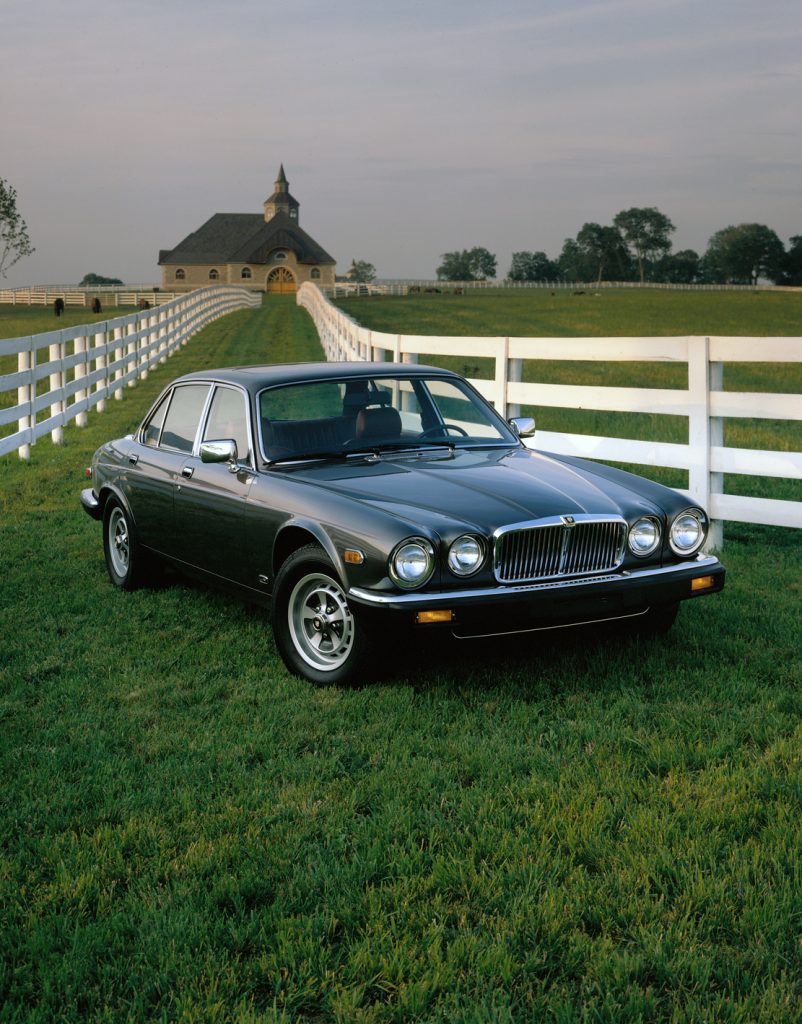
Series III (1979-1992)
Jaguar turned to Pininfarina to spruce up the XJ12 and Daimler Double Six for the new decade. Combining the talents of Leonardo Fioravanti and Lorenzo Ramaciotti, more famous for their Ferrari designs, the duo incorporated thicker rubber bumpers, one-piece front door glass, and revised the roofline for a larger glass area and narrower door frames.
Under the skin, the V12 would remain the same as per the V12 until 1981, when the HE (high efficiency) model was launched. Swiss racing driver Michael May had made a name for himself with fuel injection projects for Porsche and Ferrari, as well as turbocharging Ford V6s. His design for the Jaguar V12 saw the addition of a swirl chamber at the exhaust valve, with a channel around the intake sleeve. Another revision saw the introduction of more traditional flat-topped pistons, which via stratified charge allowed the engine to run a high compression ratio for the time while using a lean fuel mixture. Though this didn’t add much by way of performance, it improved fuel economy by as much as 50 per cent. At the same time, a digital ECU with an integrated manifold air pressure transducer was installed (the Digital P system).
During the Series III’s tenure, the Jaguar XJ40 was enduring a long and difficult gestation period; work had begun in the early 1970s, and the car wouldn’t launch until 1986. This was only really made possible by the Series III’s resurgence in sales, particularly in the USA – Jaguar CEO John Egan took this as an opportunity to further refine the XJ40. The Series III soldiered on until 1992, with 10,500 V12 models sold.
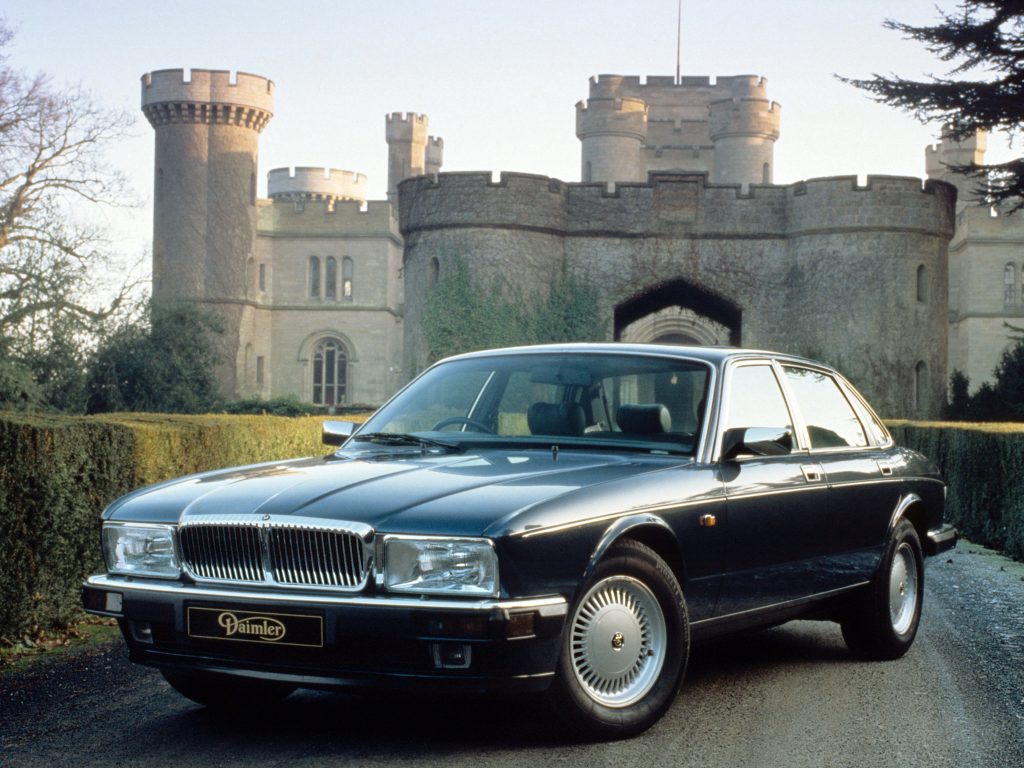
XJ40 (1993-1994)
According to legend, the XJ40 was specifically engineered to prevent V-configuration engines – at the time, British Leyland had expressed an interest in fitting the Buick/Rover V8, much to Jaguar staffers’ disgust.
As such, the XJ12 was allowed to carry on until 1992, with the XJ40 only receiving a V12 engine in 1993. According to legend, when Ford saw the state of the project (which was supposed to have been launched in 1990), it instigated a fresh start on the whole project. The process had taken an extensive redesign of the front of the car, at a cost of £35m. More than 140 new or modified panels were deemed necessary, and Jaguar took the opportunity to fit the new 6.0-litre engine, which had been introduced in the XJR-S in 1989. The engine was stroked to 78.5mm, which took power to 318bhp and a meaty 336lb ft of torque.
Unfortunately, the market simply didn’t take to the new car – having sold 6000 Series III V12s in 1991 alone, Jaguar shifted just 3799 in 19 months. Though the worldwide recession played a part, the engine was beginning to show its age against newer, more refined and more economical German V12 rivals, and the XJ40 design language was, by now, at least a generation behind the 7 Series and S-Class.
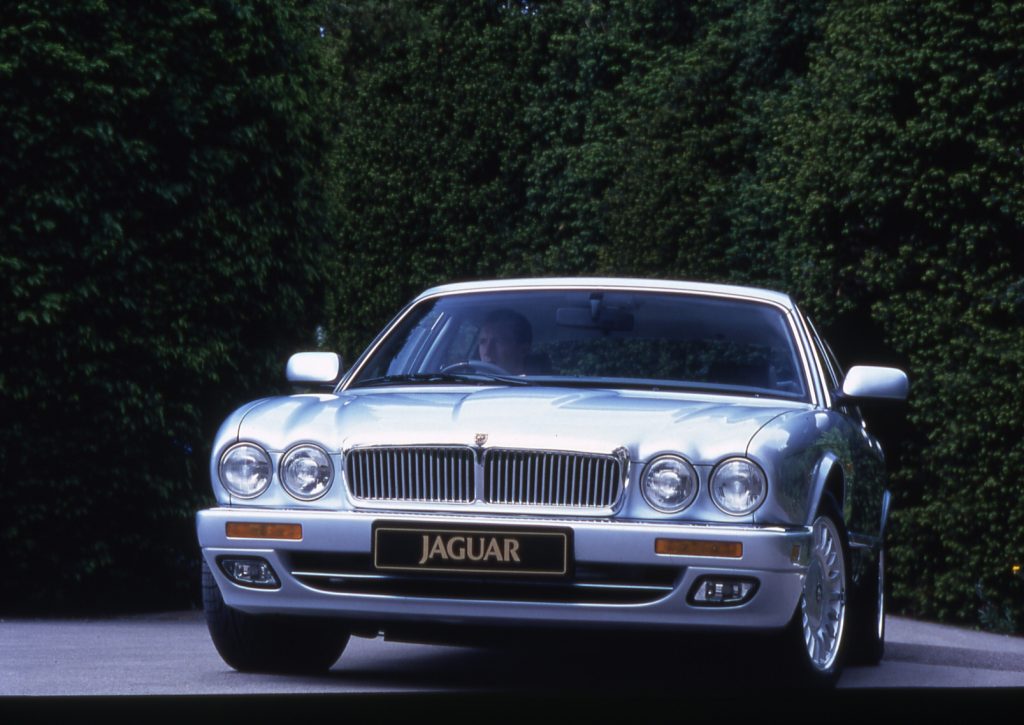
X305 (1994-1997)
The X300 was a great leap forward for Jaguar – even though its Geoff Lawson design was intentionally retro-themed compared to the sharper-edged XJ40, the car was built in an ultra-modern way: Nissan sourced automated body welding robots. The wider story of the X300 is more nuanced – the first new car introduced under Ford control, it came about to the discontinuation of the XJ90 saloon project. While that entire car was cancelled, Ford decreed that its front and rear ends be placed onto the centre section of the XJ40, allowing for a new V8 to be used.
In the end, that V8 wouldn’t make its debut until much later. In the meantime, the six-cylinder and V12 continued on. The V12 model, known as the X305, was a further development of the XJ40’s 6.0-litre, and used a Nippondenso distributor-less crank-fired ignition system with coil packs.
It would be the final fling – quite simply, the new V8 models coming through for the X308 were lighter, more efficient and, while not quite as smooth, rather more potent. The very last V12 XJ was a green long-wheelbase model, which you can see at the Jaguar Collection at the British Motor Museum at Gaydon. Just 3158 V12 X305s were made.
Final thoughts
The V12 XJ was a byword for smoothness, yet it was a torquey unit that even until the 1990s, could run with the German pack in terms of performance. An EV Jaguar might offer even more torque and, due to the silence of an EV powertrain, even more smoothness, but there’s a delightful mechanical joy to Jaguar’s V12.
With more people working from home, this means a V12 XJ makes great sense as a semi-daily driver – we even blanche at the idea of using one as an everyday commuter, thanks to the fuel consumption. But it put it this way, what would you rather arrive in, an EV or purring to a stop in one of the greatest saloon cars ever made?
What to pay, courtesy of the Hagerty Price Guide
Series I XJ12
Fair £4900 Good £8600 Excellent £14,000 Concours £26,300
Series II XJ12
Fair £3100 Good £7200 Excellent £11,700 Concours £20,900
Series II XJ12 Coupe
Fair £6100 Good £13,800 Excellent £29,800 Concours £39,500
Series III XJ12
Fair £2700 Good £6300 Excellent £9100 Concours £14,100
XJ40
Fair £2200 Good £4700 Excellent £9700 Concours £13,900
X305
Fair £2100 Good £4500 Excellent £9200 Concours £13,200
If you enjoy keeping up to date on valuations, keep your eyes peeled for your physical copy of the Hagerty Price Guide, which will be delivered alongside your Hagerty Drivers Club magazine late Autumn.